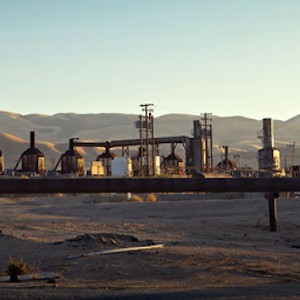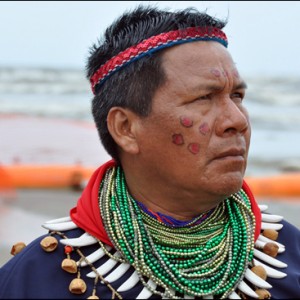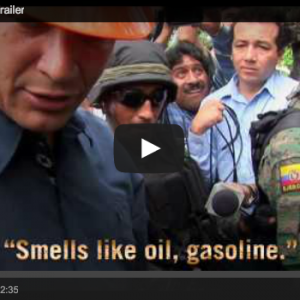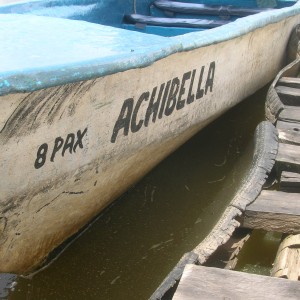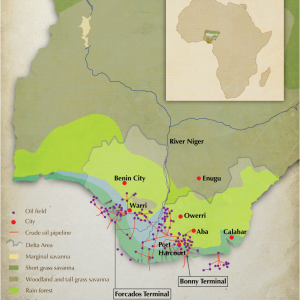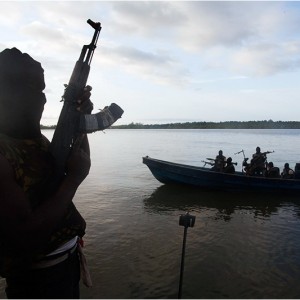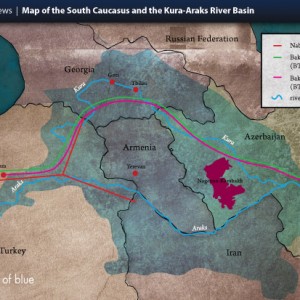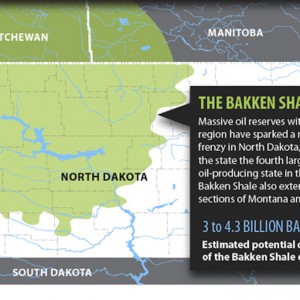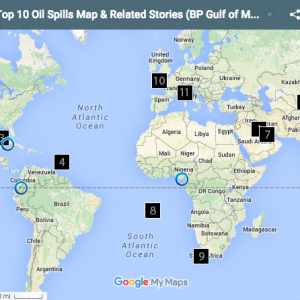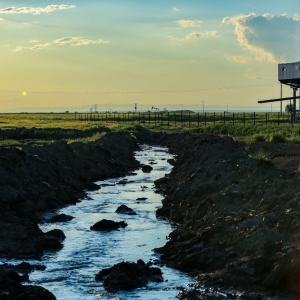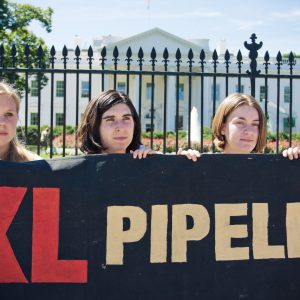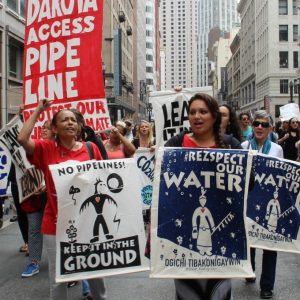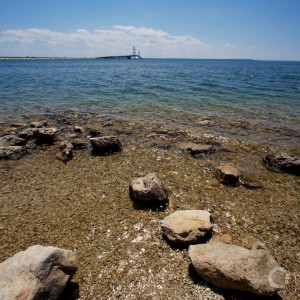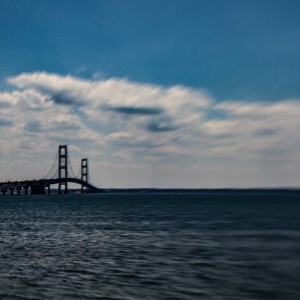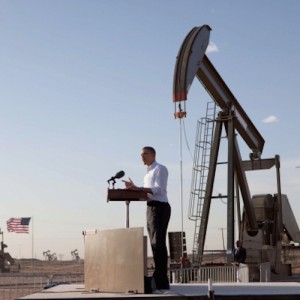The energy vector in the United States points strongly to more fossil fuel consumption. Unconventional tar sands and shale oil reserves in North Dakota, Montana, Utah, Wyoming, Colorado are said by the Energy Department to contain trillions of barrels of oil, enough to fuel the country at the current level of demand – about 7 billion barrels a year — for hundreds of years.
Developers in North Dakota are spending roughly $7 billion annually to drill 1,000 wells into the Bakken Shale -an oil-rich formation that also lies deep below Montana and parts of Canada. The investment is reaping a bonanza-100 million barrels of oil and 100 billion cubic feet of gas this year-making the state the nation’s fourth largest producer of oil, just behind Texas, Alaska and California. Three years ago it was barely in the top ten.
Farther west, in Kern County, Calif., the oil industry dominates the race with agriculture for the limited supplies of water for irrigation and energy production. While a severe drought wracked the state, and agricultural and environmental groups wrangled over sharply reduced water shipments to irrigate the arid San Joaquin Valley, the oil industry received 8.4 billion gallons a year-as much water as it needed.
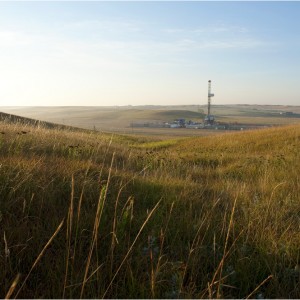 https://www.circleofblue.org/wp-content/uploads/2010/06/BakkenIMAGE0-1000.jpg
665
1000
Steve Kellman
https://www.circleofblue.org/wp-content/uploads/2018/06/Circle-of-Blue-Water-Speaks-600x139.png
Steve Kellman2010-09-15 16:55:242016-03-10 14:52:10Water Demand is Flash Point in Dakota Oil Boom
https://www.circleofblue.org/wp-content/uploads/2010/06/BakkenIMAGE0-1000.jpg
665
1000
Steve Kellman
https://www.circleofblue.org/wp-content/uploads/2018/06/Circle-of-Blue-Water-Speaks-600x139.png
Steve Kellman2010-09-15 16:55:242016-03-10 14:52:10Water Demand is Flash Point in Dakota Oil Boom

